Jules Chéret Museum of Fine Arts in Nice
Bringing Art to a Wider Audience
Slim Jemai
Before the World War I, art pieces worldwide may essentially be seen and admired in private collections. The city of Nice during the Belle Époque was renowned as a stylish winter resort, hosting international aristocratic society. Winter visitors used to gather in private clubs, collect art masterpieces and organize beautiful artistic events, which were obviously accessible to only a privileged few.
The situation, however, began to change after the World War I, as the general trend towards the democratization of culture was rising. Public authorities in Nice, at that time, clearly stated their intention to transform the city, seeking to move towards the 20th century vision of modernity.
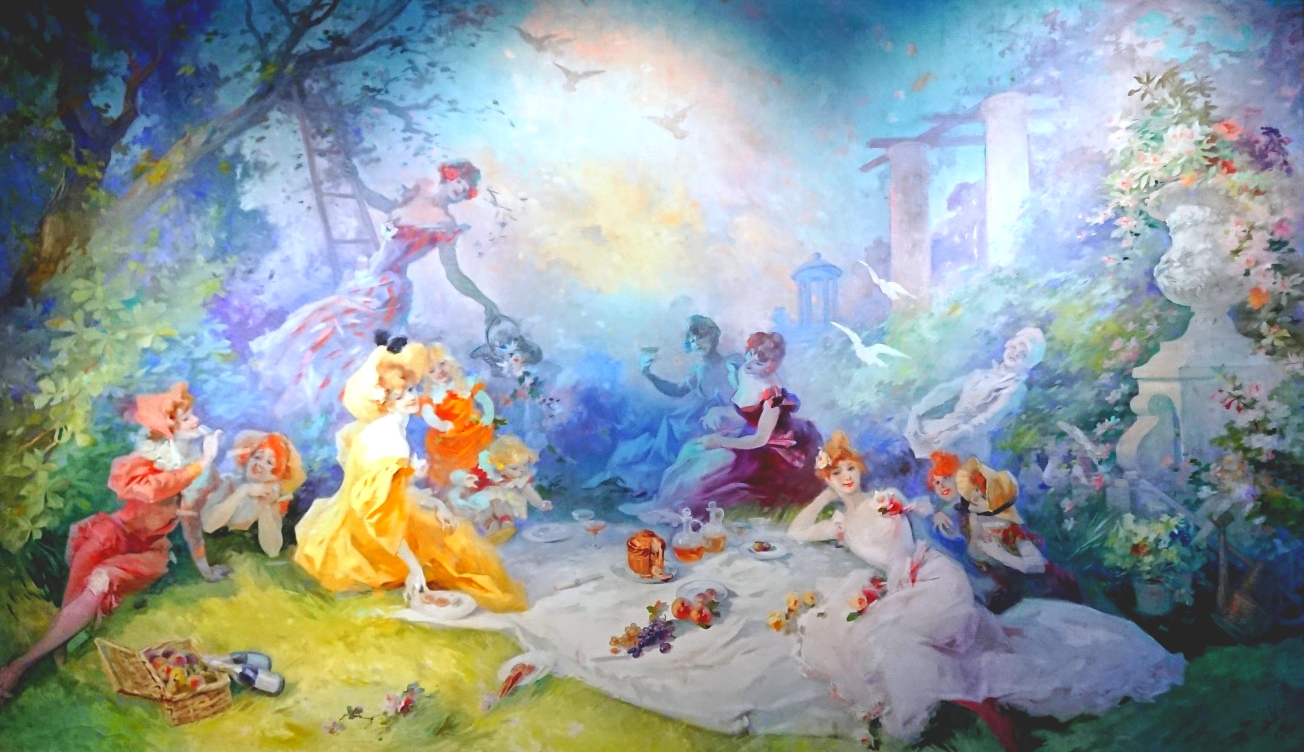
This new vision also involved the creation of new artistic and cultural institutions which would be open to the public, like the Jules Cheret Museum of Fine Arts, which was precisely founded at that time.
The Jules Cheret Museum of Fine Arts is housed in a luxury mansion, named villa Kotchoubey-Thompson. Back in 1878, the Ukrainian Princess -Elisabeth Kotchoubey, acquired the land on the Baumettes Hill and began the construction of a villa, but in 1883 she sold it to a wealthy American citizen named James Thompson, who finalized the construction. For several years, this Genoese Renaissance Style Palace had hosted glamorous receptions, musical and theater performances, bringing together the high society of the Belle Époque.
In 1926, the city of Nice authorities decided to buy the mansion, as it appeared to be the best place available to house the "Palace of Arts". Jean Médecin, the future mayor of Nice, who was at the time the deputy mayor in charge of arts and a staunch advocate for the project, had in mind three main objectives to achieve : first, to display the municipal art collections. Second, he wanted to provide a beautiful setting for the Fine Arts society annual exhibitions and finally he wanted to devote a room where different scholarly societies could host their conferences.
After two years of refurbishment works, the Fine Arts Museum was officially inaugurated on January 7th, 1928. Gustave-Adolf Mossa, a famous symbolist painter, also known as the "illustrator of the Nice Carnival" and the son of another famous Nice painter -Alexis Mossa, was appointed as a founding curator. He remained as the head of the Museum until his death in 1971 and bequeathed a lot of his own paintings to the Museum's collection.
So, what about the collection of the Jules Cheret Fine Arts Museum? What are its origins ? First, this collection boasts of having 2000 masterpieces of the municipal art collection, gathered by the city on different occasions and which had never been exposed to the public before.
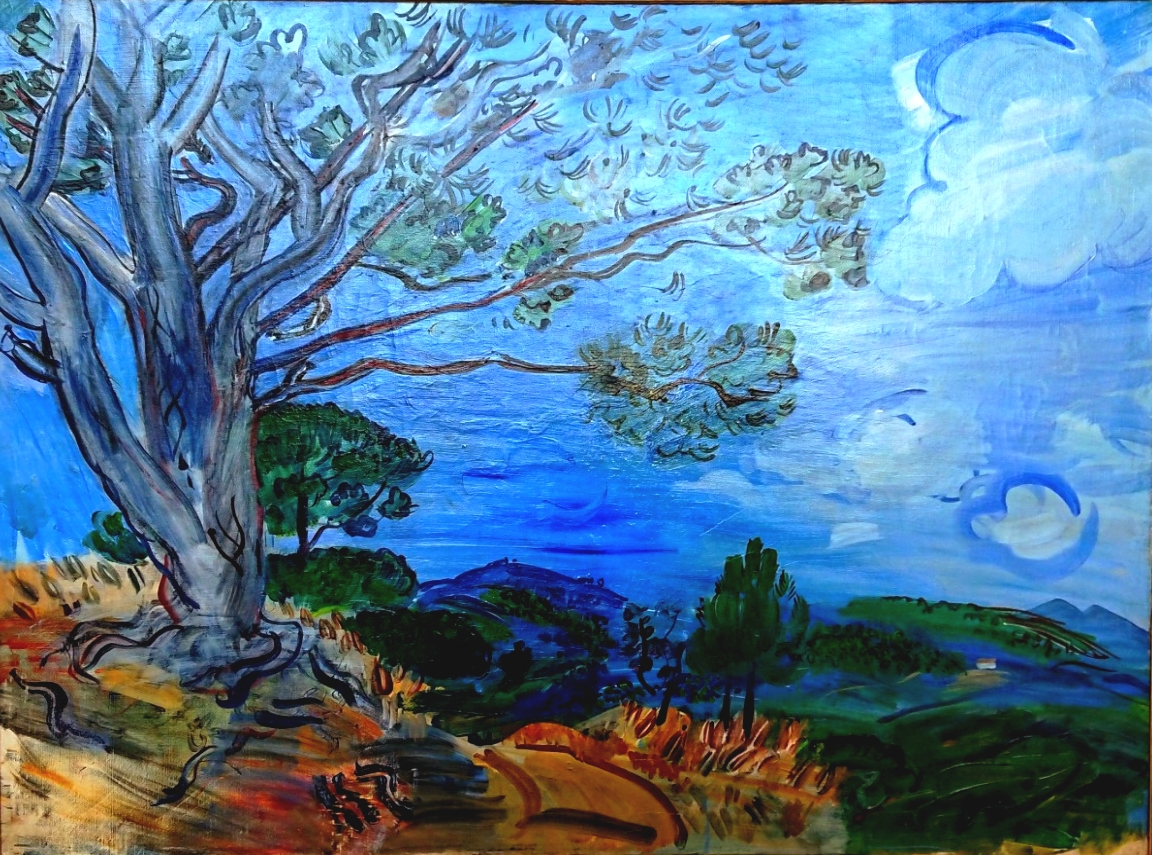
This includes a wide range of paintings and art pieces, ranging from the Middle Age to the beginning of the 20th century. In addition, it includes the 15th century local religious paintings, the 19th century academic art like pieces by Alexandre Cabanel, one of the eminent Second Empire Artists. Besides, it contains the orientalist style paintings and Côte d'Azur landscapes by Felix Ziem and even some modern pieces by Maurice Denis associated with “ Les Nabis” movement etc.
With the help of two influential Philanthropists Maurice Fenaille and the Baron Joseph Vitta, the French art authorities has also decided to contribute to the young museum by sending several masterpieces from the Louvre Collection. The shipment includes major paintings by Carle and Charles-Amédée Van Loo, as this famous artistic dynasty of the 18th century originated from Nice, thus, enabling the Museum to put in place an entire Van Loo Hall.
The Museum also has acquired three magnificent tapestries, sent to Nice by the Mobilier National (French State Furniture Administration). Woven by the Gobelins Manufactory in 18th century, the tapestries were designed according to the drawings on antique and biblical subjects by the Great Raphael: “The Athens School”, “The Mount Parnassus”, “The Expulsion of Heliodorus from the Temple”.
Not only did the city of Nice and the French State contribute to the Museum collection, but generous philanthropists also contributed to the collection of the brand-new Fine Arts Museum. The most important donation was made by the art collector – the Baron Joseph Vitta. He notably held the largest collection by the famous French painter of the Belle Epoque- Jules Chéret (1836 - 1932) who retired on the French Riviera at old age.
The collection is particularly rich as it truly reflects various aspects of Chéret's joyful art. Considered as the father of the modern posters, Jules Chéret also participated in decorating the city hall in Paris and the prefecture building in Nice by creating mural frescos. He also painted big size pastel pieces like his famous “Colombine or The Fall”. This plentiful Chéret Collection is completed by another major museum sponsor Maurice Fenaille, who donated several of his original art pieces, like the splendid tapestry woven by the Gobelins Manufactory according to Chéret's Drawing “Luncheon on the Grass” and several pieces of furniture designed by Chéret.
These two generous donations brought major transformations to the museum before it was officially opened. Seven rooms were entirely devoted to Jules Chéret’s Collection and the two sponsors personally supervised the setting up of the masterpieces they donated. Joseph Vitta and Maurice Fenaille personally insisted on changing the official name of the museum which would no longer be called "Palace of Arts", but "Jules Chéret Museum of Fine Arts". Even though nobody questioned the highest artistic quality of Chéret's Collection, several local artists vehemently criticized the sudden change of its name, and more importantly, the very purpose of the institution.
In fact, because of the exhibition space limits, the museum could not display to the public the full Chéret’s Collection and was longer able to host local artists exhibitions annually by the Nice Society of Fine Arts. It was only after Joseph Vitta's death In 1942, that the whole collection of the museum was reviewed and several pieces were put in stores, enabling the curator to open the exhibition space to various artistic works donated to the Museum throughout the 20th century.
Today's, visitors of the Museum are invited, from the outset, to a fascinating journey back in time. The first exhibition room on the ground floor takes the visitors back to the 18th century and to the famous Van Loo artistic dynasty. In the next room, 19th century magnificent neoclassical paintings are exhibited such as “Venus and Eros by Charles-Paul Landon (1810), “Anchises and Venus” by Paul Guérin (1822) and exotic orientalist works e.g. ”The Rest on the Flight into Egypt” by Luc-Olivier Merson (1880), “Egyptian orange seller” by Félix-Auguste Clément (1872), “The Calvary” by Etienne Dinet (1891), “Spahi” by Léopold Antoine Durangel (1881)… etc.
In the 20th century, mythology inspired symbolist paintings by Gustave-Adolf Mossa and his father Alexis Mossa, and so another famous artistic dynasty originated from Nice.
The visitor of the Museum will also admire several sculptural works in plaster, marble, metal or a combination of different materials.
One of the most famous pieces is “The Triumph of Flora” by Jean-Baptiste Carpeaux (plaster). Another sculpture, “Hebe” by Jean Coulon decorates the magnificent marble stairs leading to the first floor where the visitor is welcomed by the famous work of Rodin “The Kiss” (in plaster).
On the first floor, a wide variety of paintings are exhibited, dating back from the 15th to the 20th century. The famous 20th century artist Raoul Dufy is particularly well represented with several masterpieces like “The bouquet in the studio on Seguier Street” (1909), “Tribute to Claude Debussy” (1952), and “The big tree in Sainte-Maxime” (1942).
Raoul Dufy’s post-impressionist period was characterized by his use of bright, encouraging and colorful works which are dominated by an infinite variety of blue. He also painted a lot of women portraits, catching his models in their intimate moments like in “The Nude with a shell” (1933) or his portrait like the “Portrait of Madame Dufy” (1930).
In the next room, we can find landscapes representing Nice and the French Riviera in 19th century, like those by Cyrille Besset are also displayed. It was also in the 19th century that the young and talented painter, sculptor and writer from Ukraine - Marie Bashkirtseff (Poltava 1858 – Paris 1884) spent several winter seasons in Nice.
She died very young and left invaluable artistic works and a precious written testimony of the Belle Epoque joyful lifestyle on the French Riviera in her famous Journal. Her «Self-portrait with a Palette» is displayed next to the sculpture «Marie Bashkirtseff» (1914) by Michel de Tarnowsky.
An entire room of the museum is still dedicated to Jules Chéret’s rich and colorful collection, reminding thousands of visitors coming to the Jules Chéret’s Museum of Fine Arts every year, of the glorious days of the Belle Epoque on the French Riviera.
The first floor also contains a large room allocated to religious art from the 14th and 15th centuries. The collection includes several altarpieces from the churches of the village of Lucéram (located on the salt road between Nice, Piedmont and Savoy).
Today the museum annually welcomes thousands of visitors from all over the world who intend to admire Orientalism, Realism, Impressionism, Symbolism ...etc. through the collections of Van Loo, Marie Bashkirtseff, Jules Chéret, Gustav-Adolf Mossa, Raoul Dufy etc. The museum is in the process of restoration and conservation of thousands of works which are the subject of loans in France and elsewhere.
Slim Jemai : Holds a Ph.d in Cultural History from the University of Nice Côte d'Azur. In 2013, won the best History Research Project Award delivered by the Alpes-Maritime General Council. Is an officially licensed guide-lecture in France specialised in History of Arts, Contemporary History and Ethnology. He was recently a lecturer at University of Tunis, specialized in History of Arts and Contemporary History.
Slim Jemai
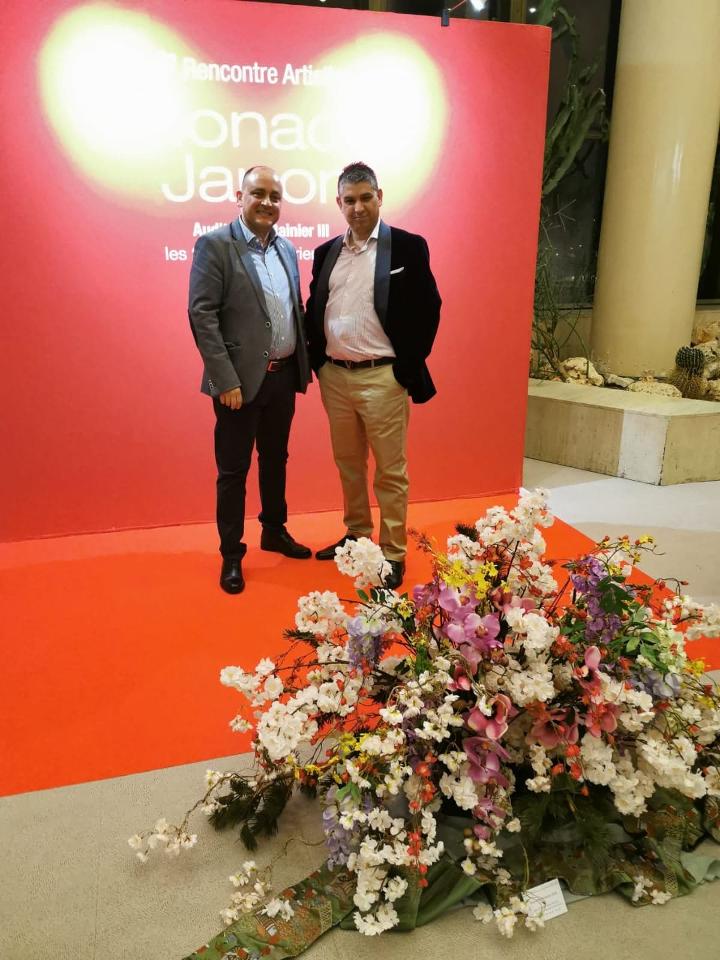
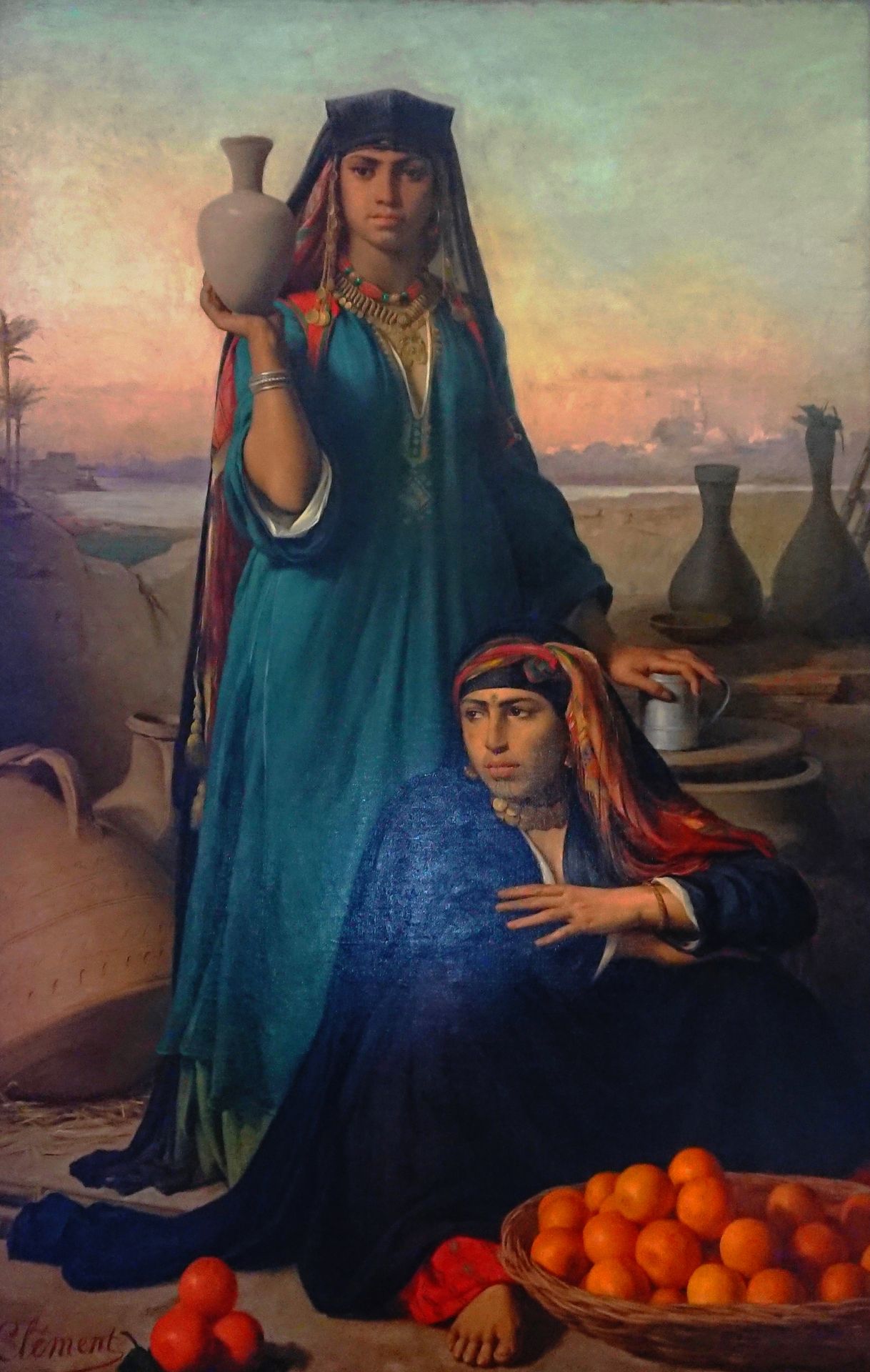
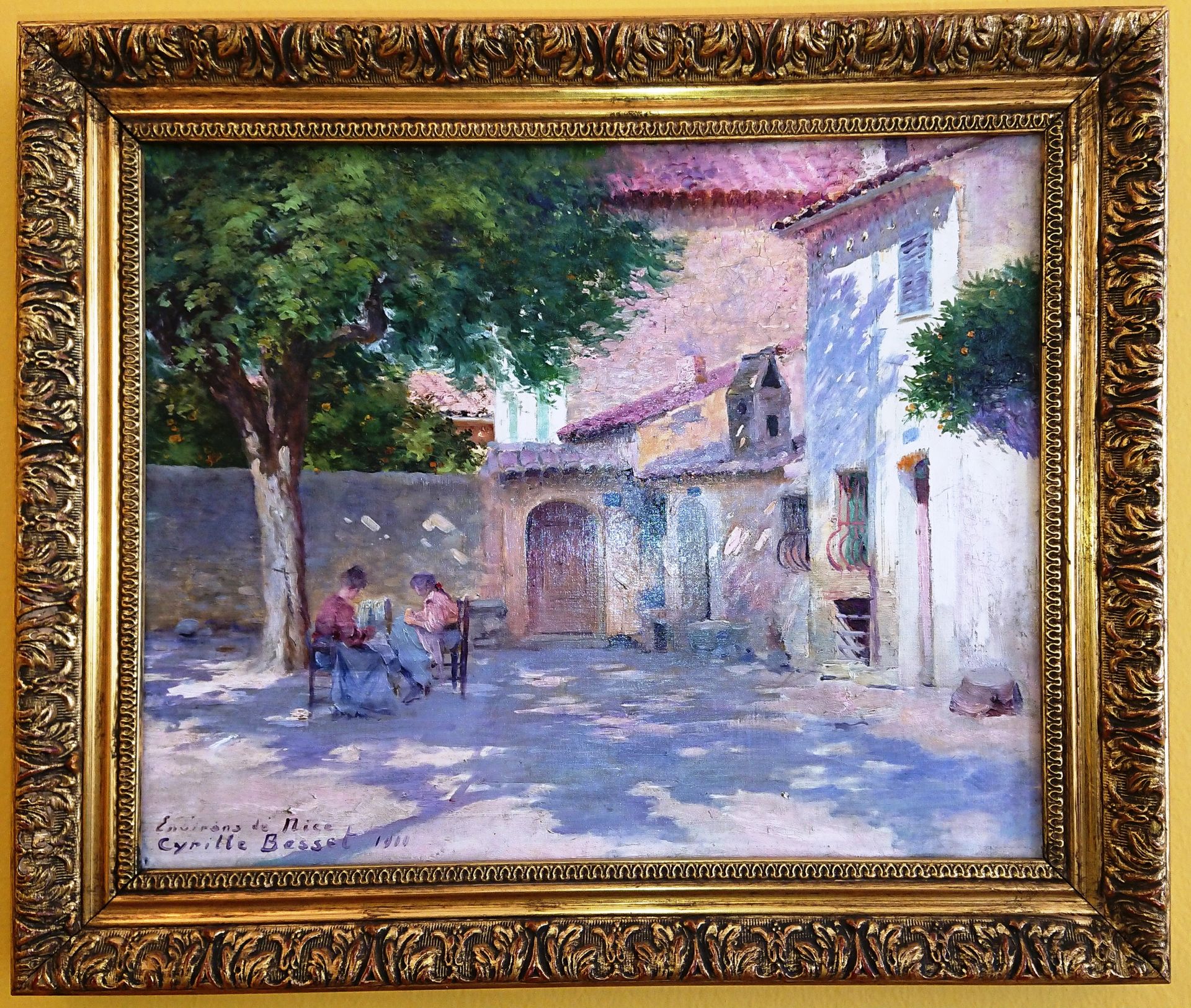
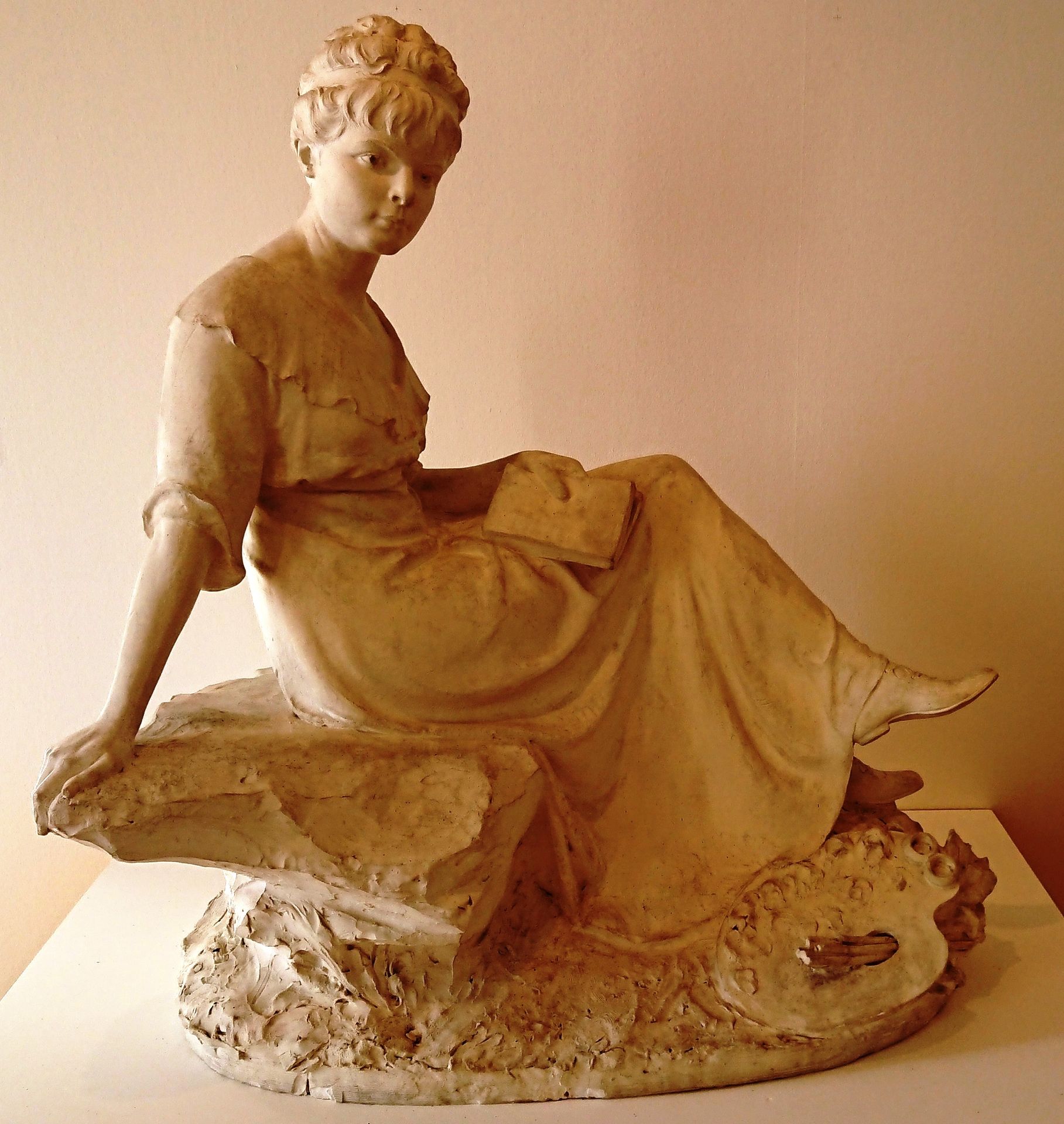
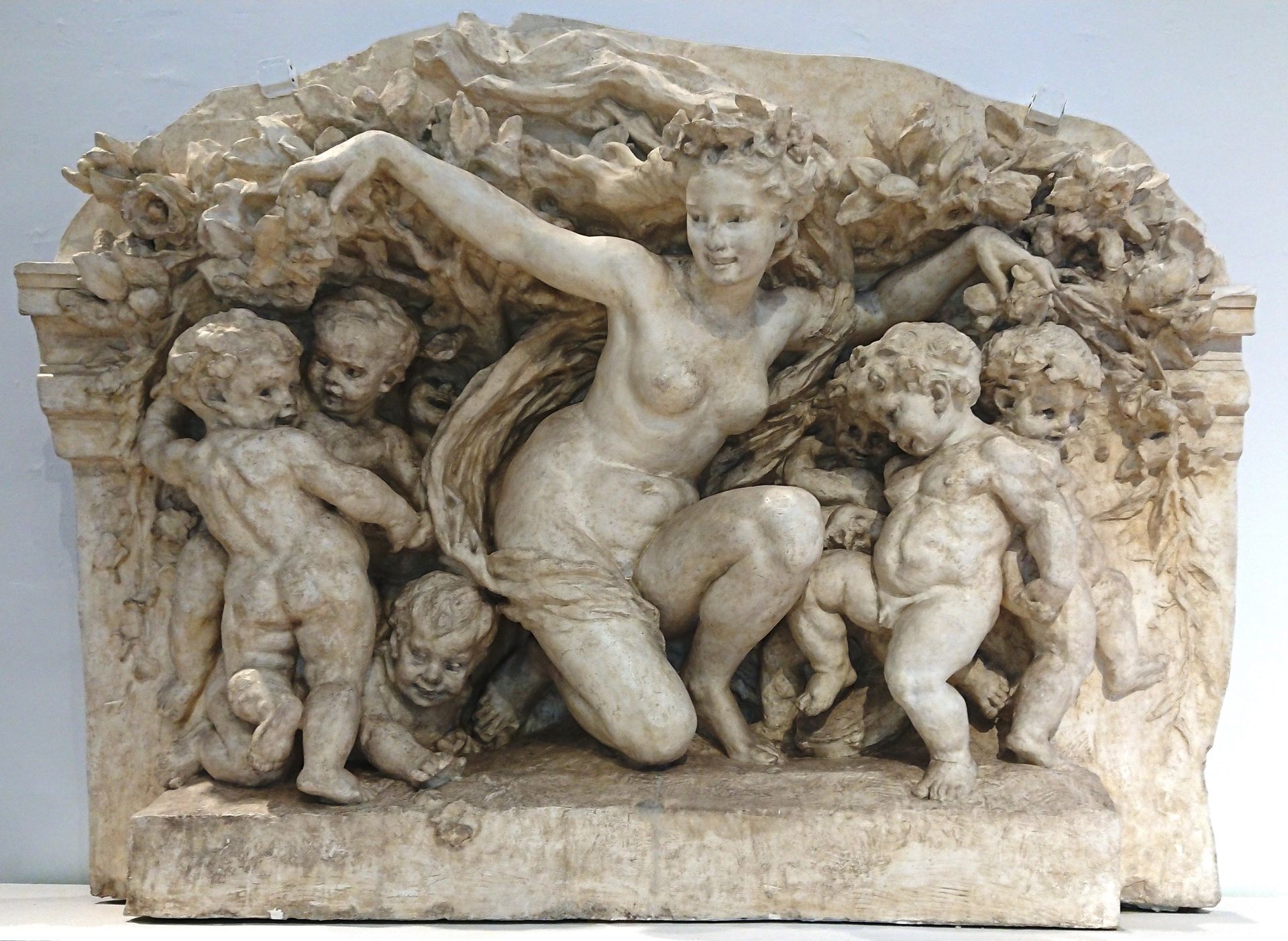
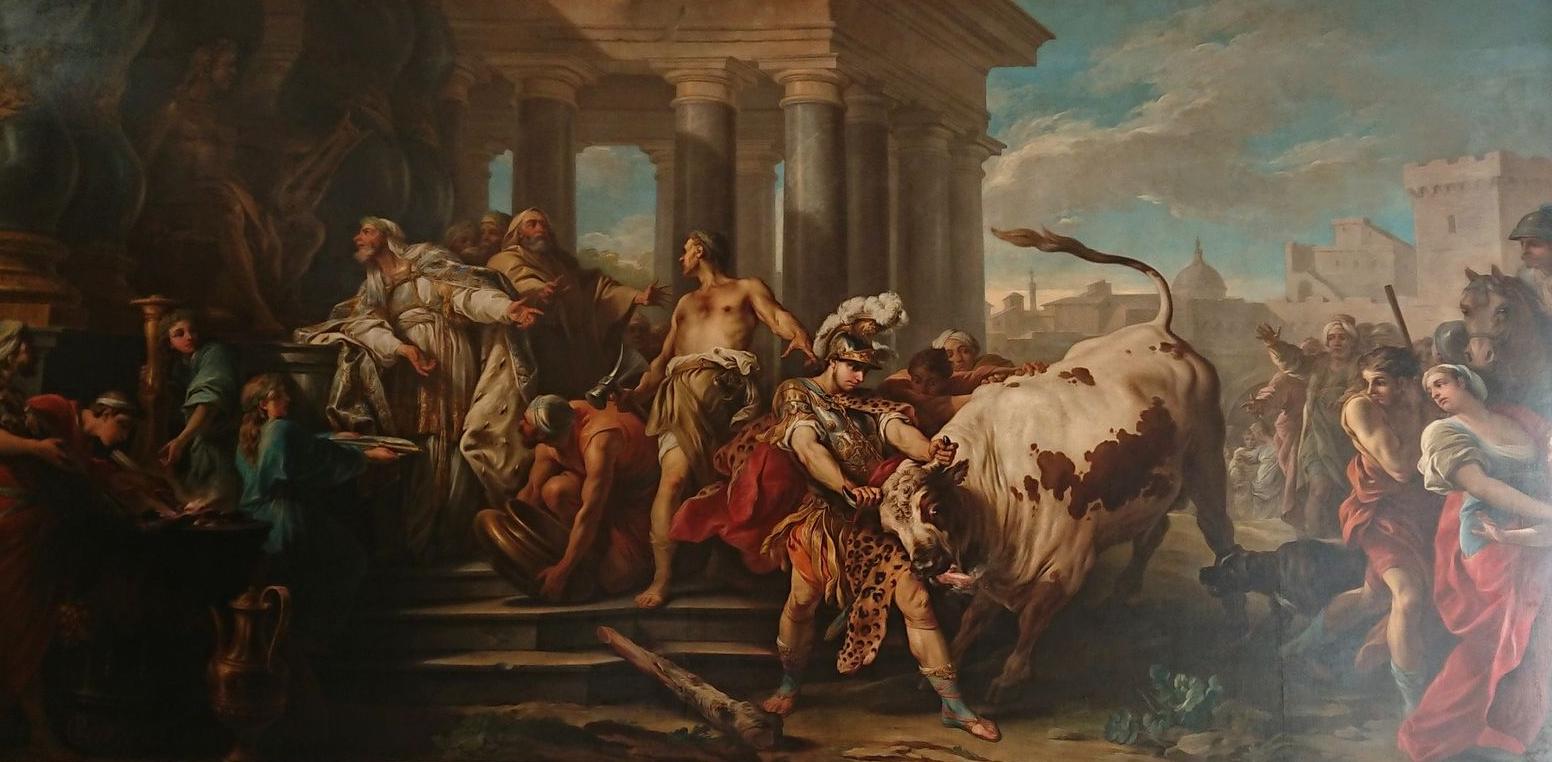
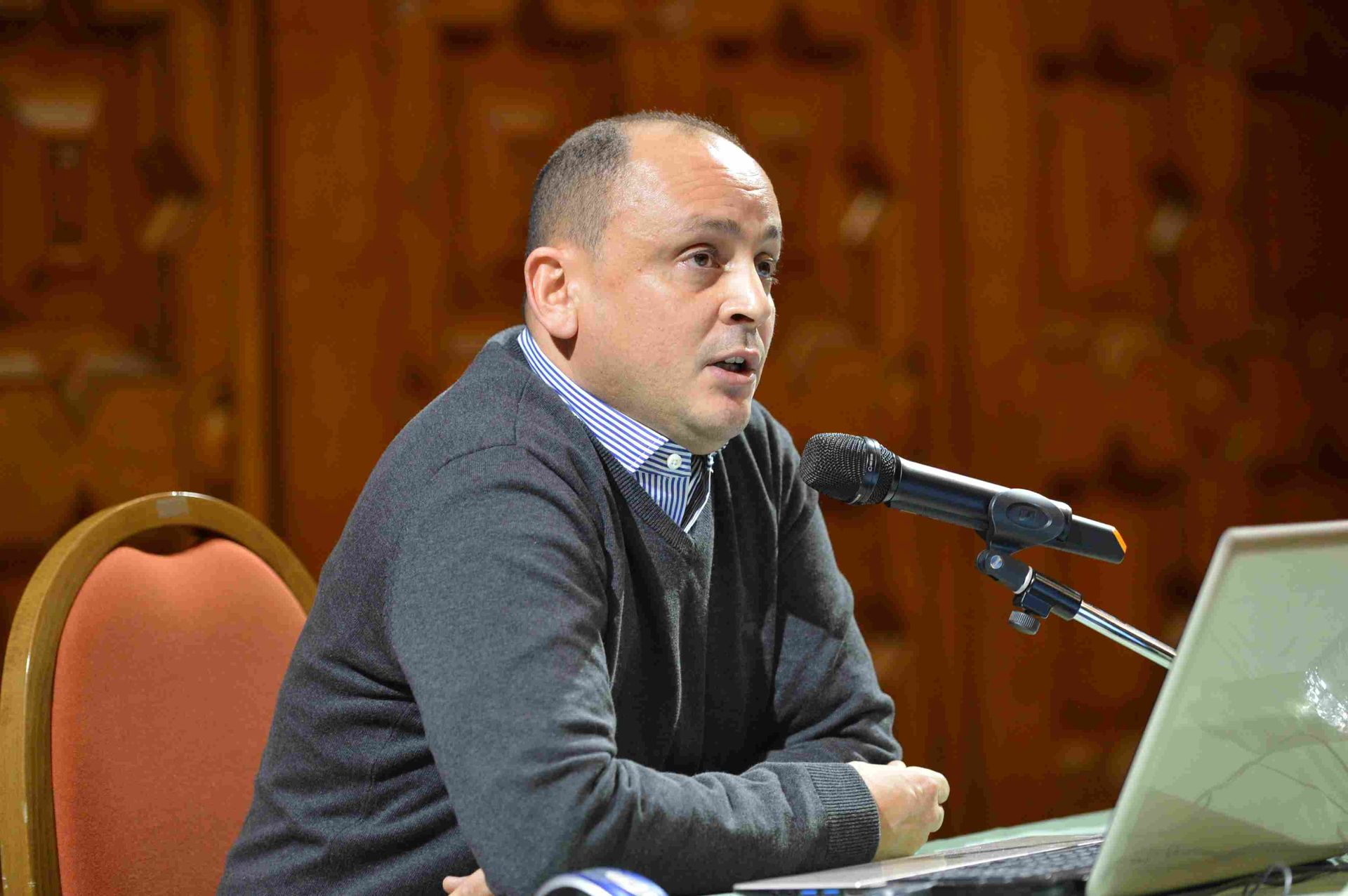
ROYAL ARTS VISIONS ; Jules Chéret Museum of Fine Arts in Nice